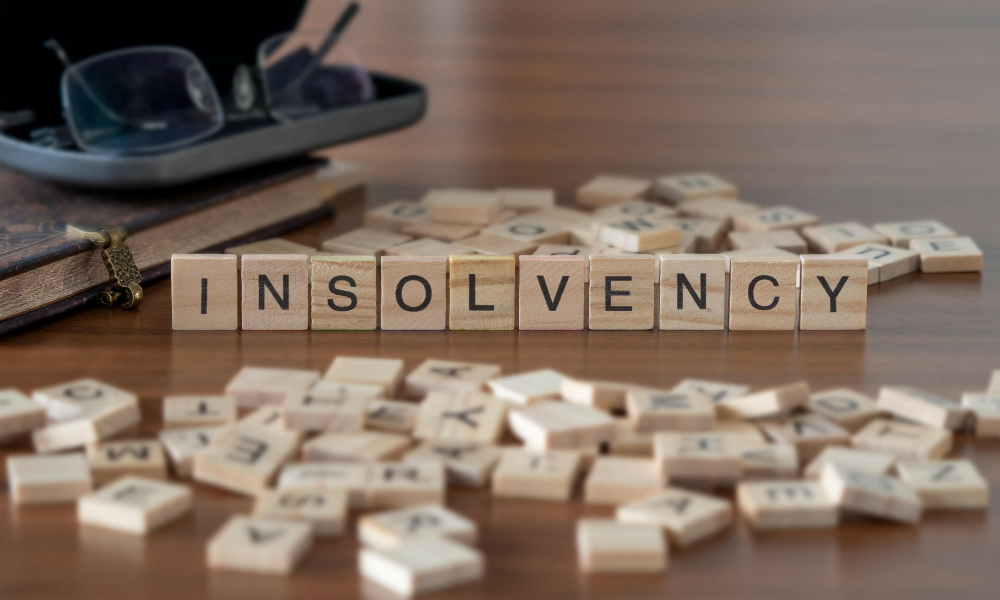A personal injury case becomes significant in the common law when it serves as a precedent for future cases. This is why the facts of a case are so important; they influence how courts interpret the law and how it will apply to future cases that are factually similar.
1. Donoghue v. Stevenson, 1932 UKHL 100
Often referred to as the ‘snail in the bottle case,’ Donoghue involved a plaintiff who drank a bottle of ginger beer and noticed a decomposed snail at the bottom. The British House of Lords deliberated: does the plaintiff have a course of action against the manufacturer?
Before Donoghue, plaintiffs had to prove that a defendant harmed them directly, and a snail in a bottle was insufficient. However, the House of Lords in Donoghue held that individuals must take reasonable care to avoid acts or omissions which could reasonably be foreseen to injure their neighbours.
Because of Donoghue, plaintiffs must establish that a duty of care was owed to them. A court will ask: was your relationship with the defendant one of sufficient closeness and foreseeable risk to warrant a legal relationship? Many duties of care have already been established, such as a doctor and patient, two motorists sharing a roadway, or originally, a ginger beer manufacturer and their consumer.
2. Andrews v. Grand Toy & Alberta Ltd., 1978 SCR 229
In Canada, damages in civil law fall within two groups: (i) pecuniary damages and (ii) non-pecuniary damages. The first group, pecuniary damages, are measurable, such as lost income or housekeeping expenses. Non-pecuniary damages, also referred to as “general damages” or “pain and suffering,” refer to compensation for physical and mental injuries.
J.A. Andrews was 21 years old when he was rendered quadriplegic in a motor vehicle accident. The Court noted it was difficult to conceive of anyone losing more in an accident and awarded him $100,000.00 while simultaneously setting this figure as a new cap. Now, the most an individual can recover for pain and suffering is approximately $420,000.00 (indexed for inflation as of January 2023).
While this decision may seem unfair to individuals suffering catastrophic pain and suffering, especially compared to the compensation awarded to their American counterparts, Andrews has influenced the damages calculation in every severe personal injury case since.
3. Snell v. Farrell, 1990 SCR 311
Once a plaintiff has proven that a defendant breached an applicable standard of care, they must prove that the breach caused their injuries. This stage of a personal injury lawsuit is notoriously tricky in medical malpractice cases, where the harm suffered by a plaintiff is often arguably related to their original ailment rather than the doctor’s negligence.
In Snell, a plaintiff lost sight in her eye after cataract surgery. It was clear the physician operated negligently, and the issue before the Court was whether that negligence caused the loss of sight. While there was no way to determine the cause with scientific certainty, the Court took a robust and pragmatic approach and inferred causation based on what they did know. Because of Snell, a plaintiff may be awarded damages despite a lack of scientific certainty linking their doctor’s negligence and their injury.
4. Waldick v. Malcolm, 1991 SCR 456
In Waldick v. Malcolm, the Supreme Court of Canada heard an appeal regarding a slip and fall on a residential driveway. According to the defendant, the parties lived in a town where common practice dictated that residents did not salt or sand their icy driveways.
There were two issues. First, was a duty of care breached, given the defendant`s failure to treat the icy driveway, despite this ‘common practice’? The court held that even if there were a prevalent custom of unsalted driveways, it would be unreasonable to do nothing to one`s driveway in such treacherous conditions. Accordingly, an unreasonable custom does not become reasonable simply because it is customary.
Second, was the plaintiff’s awareness of the driveway’s condition a voluntary acceptance of risk? On this issue, the Court held that mere awareness of risk is insufficient; Waldick did not contribute to his injuries simply because he was aware of some ice on the driveway. Thanks to Waldick, courts in Canada are hesitant to blame plaintiffs for their fall simply because they were aware of some risk.
5. Mustapha v. Culligan, 2008 SCC 27
Mental damages are an increasingly important area of Canadian law. As courts continue to recognize the importance of compensating individuals for the psychological harm that can result from personal injuries, they have also created some limits.
In Mustapha, the Plaintiff saw dead flies in unopened coolers of drinking water they had purchased from the Defendant. As a result, he became depressed, with significant changes in both his emotional state and lifestyle. While the trial judge saw this response as foreseeable, the Supreme Court concluded that for mental damages to be compensable, it must be foreseeable that they could occur in a person of ordinary fortitude, which barred the plaintiff from recovery.
Accordingly, a plaintiff must prove all the necessary elements of negligence to advance their claim, but mental damages may not be compensable if the reaction does not align with what could be expected of a person of ordinary fortitude.
A personal injury case can significantly impact the common law and, by extension, the lives of injured parties when it serves as a precedent for future cases. This is more likely to happen when the case goes to trial, when it is decided by a higher court, like the Supreme Court of Canada, or when the case provides a factual scenario that challenges the law as we previously knew it. For these reasons, Bogoroch & Associates LLP strives to empower clients who come to us with challenging, complicated, and nuanced cases.





